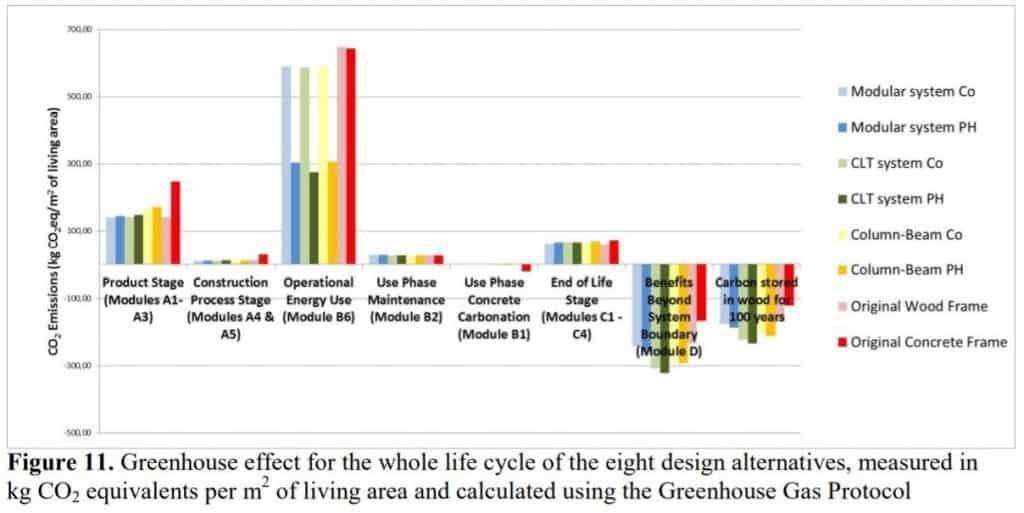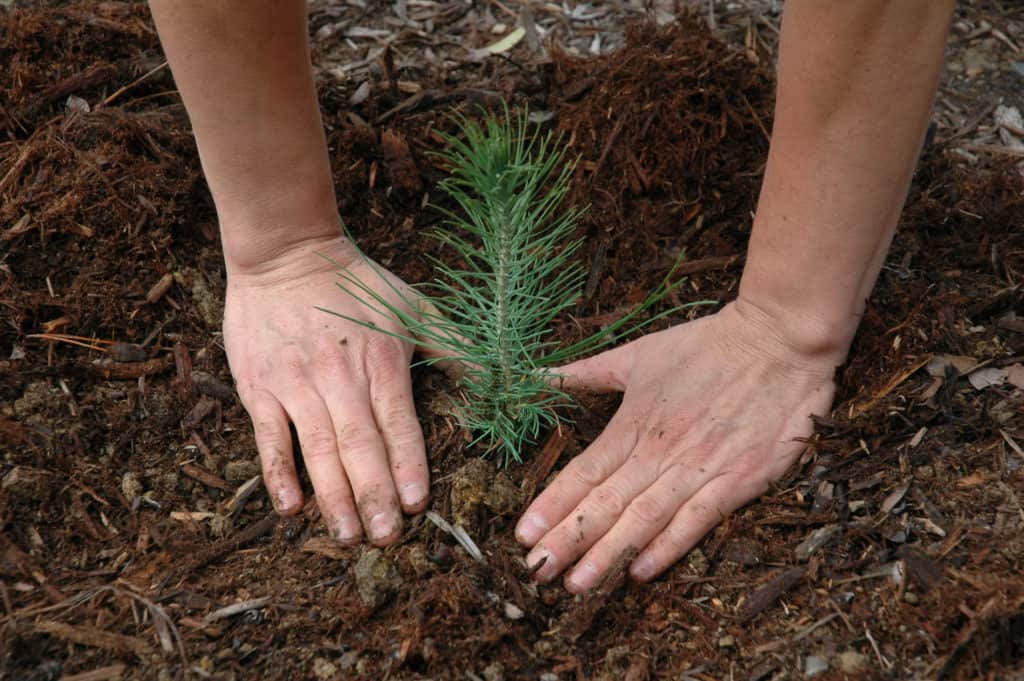Useful information
Building sustainability beyond energy efficiency
06.04.2021 06:06
Almost all of the conversation on the impact of buildings on the environment is about building energy efficiency – how much energy the house consumes during its use phase. But that leaves out other just as significant parts – energy embodied in the materials and their reuse/recyclability. According to the 2019 Global Status Report for Buildings and Construction, almost 40 percent of energy-related greenhouse gas emissions are from the buildings and construction sector. So it makes sense for an environmentally aware home buyer or builder to weigh in the environmental impact besides the financial costs of the project.
According to head of United Nations Environment Programme Cities Unit, Martina Otto:
Using sustainably managed and harvested timber in construction has the potential to reduce total greenhouse gas emissions by up to 8 per cent by 2050.
Life cycle assessment - measuring environmental impact throughout product lifespan
Life cycle assessments show the impact of a product or a building as a whole on the environment throughout its lifespan – from production of raw materials to demolition and disposal/recycling.
Building life cycle assessments show that choosing to build a regular house in wood can bring just as much environmental benefit as choosing to build a passive house in non-wood materials. That is because less CO2 is produced in production of materials and building elements, construction process due to wood being lighter but most significantly – the energy recovery that is possible after demolition of the building and accounting for carbon being stored in the wood for the lifetime of the building.

It's time to start judging building sustainability by looking at the whole building life cycle not just energy efficiency during it's use. See how timber frame buildings stack up in a life cycle assessment and what can be done to build as sustainably as possible.
Energy embedded in construction materials will become the main impact on climate of buildings as more renewable energy is being used during the use phase of the building and building energy efficiency standards are raised.
Recommendations to minimize environmental impacts in timber frame houses
Thermal insulation material and interior sheathing are the materials that are most easily replaced with environmentally better alternatives without significantly increasing costs, decreasing performance or complicating the construction process.
Acknowledging this we propose such recommendations:
Isn’t cutting down trees bad for the environment?
Deforestation is a serious problem where forests are cut and converted into farmland – mainly regarding tropical deforestation. However in Europe where the economy does not rely on agricultural exports and forestry has to conform to regulation and expectations of shareholders and society to work sustainably, forests have considerably increased in the last century. Between 1990 and 2015, the area covered by forests and woodlands increased by 90,000 square kilometres – an area roughly the size of Portugal.
ZTC uses FSC or PEFC certified wood (mostly pine and spruce) from sustainably managed forests to ensure the sustainability of our products. Moreover, increasing demand for wood construction materials actually incentivizes more forests to be planted to meet that demand where sustainable forestry is ensured which in turn reduces carbon in the atmosphere since forests absorb more CO2 than arable farmland. Furthermore – young trees absorb CO2 faster than old forests.

According to head of United Nations Environment Programme Cities Unit, Martina Otto:
Using sustainably managed and harvested timber in construction has the potential to reduce total greenhouse gas emissions by up to 8 per cent by 2050.
Life cycle assessment - measuring environmental impact throughout product lifespan
Life cycle assessments show the impact of a product or a building as a whole on the environment throughout its lifespan – from production of raw materials to demolition and disposal/recycling.
Building life cycle assessments show that choosing to build a regular house in wood can bring just as much environmental benefit as choosing to build a passive house in non-wood materials. That is because less CO2 is produced in production of materials and building elements, construction process due to wood being lighter but most significantly – the energy recovery that is possible after demolition of the building and accounting for carbon being stored in the wood for the lifetime of the building.

It's time to start judging building sustainability by looking at the whole building life cycle not just energy efficiency during it's use. See how timber frame buildings stack up in a life cycle assessment and what can be done to build as sustainably as possible.
Energy embedded in construction materials will become the main impact on climate of buildings as more renewable energy is being used during the use phase of the building and building energy efficiency standards are raised.
Recommendations to minimize environmental impacts in timber frame houses
Thermal insulation material and interior sheathing are the materials that are most easily replaced with environmentally better alternatives without significantly increasing costs, decreasing performance or complicating the construction process.
Acknowledging this we propose such recommendations:
- Instead of mineral wool use biological fibre based insulation such as cellulose or wood fibre wool. Besides environmental benefits – the denser natural insulation materials take longer to heat up in the sun and cool down in the cold therefore providing a more even temperature inside throughout the day further decreasing energy required for cooling and heating indoor space. Added benefits of passive humidity regulation in the indoor air are also possible if the building envelope is made vapour permeable.
- Instead of drywall sheathing use wood interior finish such as wood plank, plywood or CLT for interior finish. Exposed wood interior provides texture and warmth to the interior or the clean and smooth look that fits well in minimalist design.
Isn’t cutting down trees bad for the environment?
Deforestation is a serious problem where forests are cut and converted into farmland – mainly regarding tropical deforestation. However in Europe where the economy does not rely on agricultural exports and forestry has to conform to regulation and expectations of shareholders and society to work sustainably, forests have considerably increased in the last century. Between 1990 and 2015, the area covered by forests and woodlands increased by 90,000 square kilometres – an area roughly the size of Portugal.
ZTC uses FSC or PEFC certified wood (mostly pine and spruce) from sustainably managed forests to ensure the sustainability of our products. Moreover, increasing demand for wood construction materials actually incentivizes more forests to be planted to meet that demand where sustainable forestry is ensured which in turn reduces carbon in the atmosphere since forests absorb more CO2 than arable farmland. Furthermore – young trees absorb CO2 faster than old forests.




